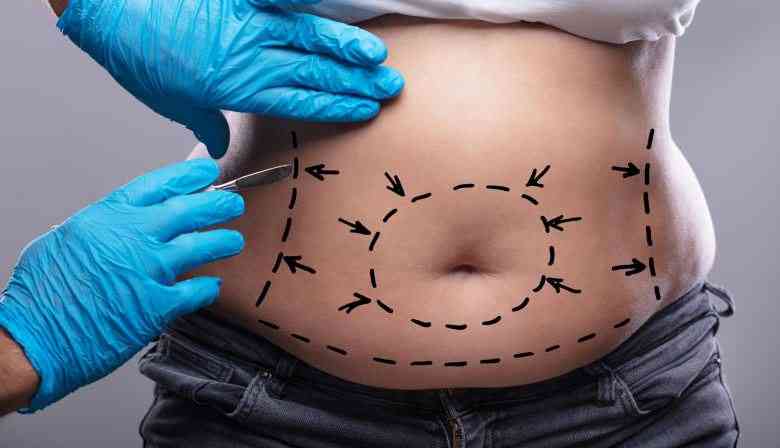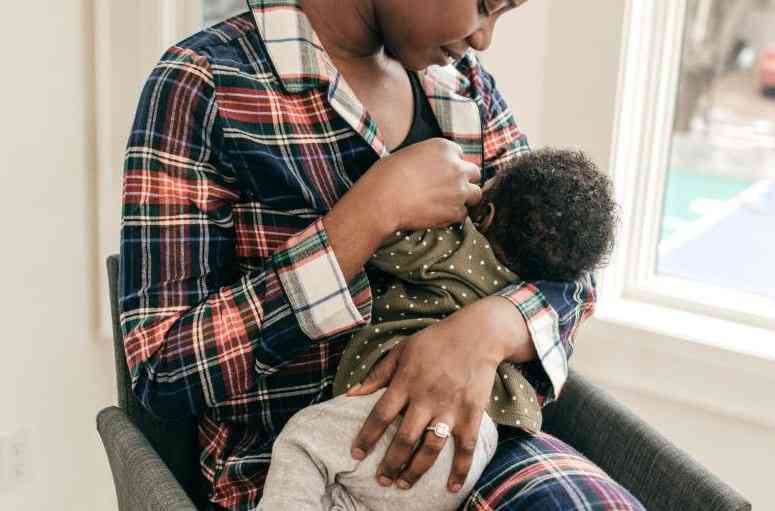
It’s not just men who suffer from thinning hair and baldness, it’s a problem that’s on the rise for women too. Here’s the lowdown…
Shiny, lustrous hair is what we all strive for. As women, we associate a head of glossy locks with our femininity, attractiveness and sense of style. But recent studies show that for many of us, thinning hair is a very real problem.
"Hair loss is a very taboo subject that a lot of females tend to not talk about or even ignore," says trichologist Iain Sallis, one of the country’s leading experts in hair loss and scalp disorders. "80% of the people who visit my clinics are women." But before you dash out and buy a wig, read on to find the best solutions to regain your crowning glory…
Hair loss explained
Overexposure to harsh chemicals and heated styling tools, as well as hair extensions and weaves that have been put in too tightly, can all cause your hair to break and fall out.
"Heat weakens hair proteins, no matter how many protective products you use," says organic hairdresser Tabitha James Kraan.
"Constant heating and drying, as well as colouring with harsh chemicals, can lead to brittleness and fragility that causes hair loss that would not have occurred otherwise."
Other factors can make the hair’s growth cycle slow down or even stop.
"Medication, underlying medical problems such as diabetes or a thyroid problem, micro-nutrient deficiencies, poor diet and even genetics can all cause the hair to thin," says Iain Sallis.
What can I do about it?
1. See an expert before you do anything about your hair loss.
"Get a proper diagnosis from your GP, dermatologist or qualified trichologist," advises Iain Sallis. "This way, you will be less inclined to spend money on products that may only affect a certain aspect of hair loss, which you may or may not have." You could be prescribed a lotion called Minoxidil or a course of Finasteride tablets, which help with growth.
2. Eat a healthy, balanced diet.
"The hair follicle is one of the last tissues in your body to receive nutritional substances, so specific deficiencies can affect the hair," says registered nutritionist Angela Dowden. "Healthy hair comes from a balanced diet that is nutrient-dense.
"Because hair is mostly protein, this is an important area of your diet to look at, and essential fatty acids, iron, silica, biotin and zinc are also important for growth and preventing brittle, unhealthy looking hair."
3. Boost iron levels.
"The most common trigger of female hair loss can be iron deficiency, as iron in the body binds ferritin – a protein involved in the production of hair cells, which guard against shedding," says Head & Shoulders principal scientist Dr Rolanda J Wilkerson.
Low iron stores are known to reduce the growing phase of hair, so load up on plenty of dark leafy green veg like spinach, kale and broccoli, which can be good sources of iron.
In addition, vitamin C-rich foods, like citrus fruits, kiwi, strawberries and peppers, can help increase the absorption of iron into the body.
4. Invest in the right haircare.
Thicken up thinning strands with a redensifying shampoo and conditioner. Massage your scalp to help stimulate hair growth. The special rubber quills help improve blood flow, nourishing the hair shafts and strengthening hair roots. Encourage strong hair growth with Hairjelly.
5. Try hair restoration.
Designed for women with moderate to severe hair loss, the Intralace Hair Restoration System, Lucindaellery-hairloss.co.uk , is a pioneering hair replacement prosthesis. It’s a breathable mesh that’s placed between your existing hair and scalp, which contains human hair to totally disguise your hair loss. While not a cure for baldness, it allows you to do sports, swim and to wash, brush and style your hair as you would normally.
 The Standard Group Plc is a multi-media organization with investments in media platforms spanning newspaper print
operations, television, radio broadcasting, digital and online services. The Standard Group is recognized as a
leading multi-media house in Kenya with a key influence in matters of national and international interest.
The Standard Group Plc is a multi-media organization with investments in media platforms spanning newspaper print
operations, television, radio broadcasting, digital and online services. The Standard Group is recognized as a
leading multi-media house in Kenya with a key influence in matters of national and international interest.


